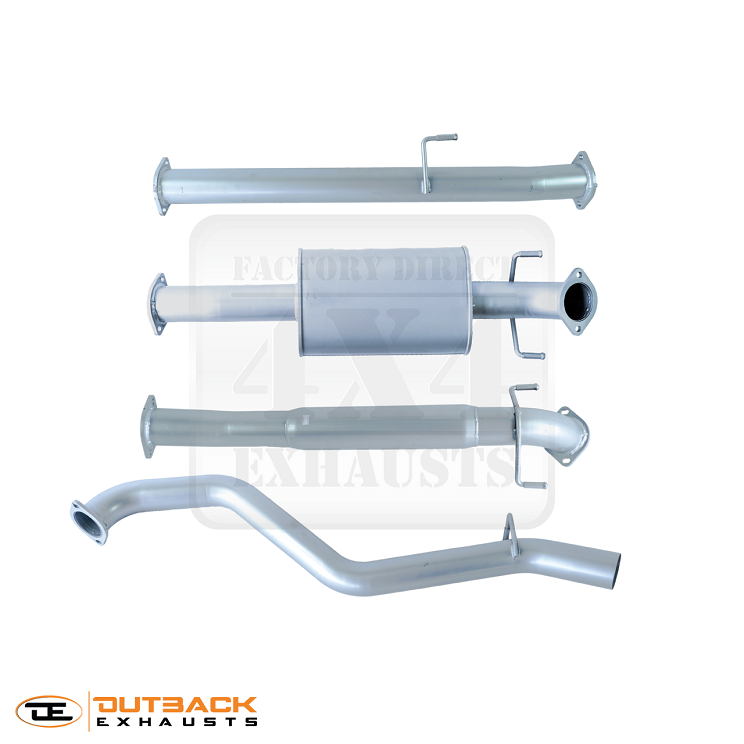If you’re a 2.8L diesel HiLux owner who needs a brand new exhaust system because your stock has worn out, or you simply want to improve the performance of your vehicle with the most cost-effective solution, then you’re probably looking for a quality aftermarket HiLux DPF exhaust. But what makes aftermarket Toyota HiLux DPF exhausts better than your stock one, and does your exhaust really have to be DPF?
Why Aftermarket?
Aftermarket Toyota HiLux DPF exhausts are typically built from rust and corrosion resistant materials, like stainless steel and aluminium. These materials have properties that outperform the one that most stock exhausts are made of, which is typically mild steel. There are two types of stainless steel – T409 and T304. And while both kinds are incredibly durable, rust and corrosion resistant, the main difference between them is the amount of nickel and chromium they contain. T304 steel has a higher percentage of nickel and chromium, and thanks to that, magnets do not stick to it.
Why DPF?
Diesel engines produce a lot of particulate matter known as soot, which can cause cardiovascular diseases and respiratory problems. Nowadays, every diesel vehicle must be fitted with a DPF exhaust in order to prevent the passing of soot into the environment. In order to maintain an optimum performance, DPF exhausts need to be emptied regularly.
This process can be done passively, when the exhaust temperature is high enough. The collected particulate matter is burnt off from the high heat and only tiny ash residue is left. This residue is then removed by a specialist, but there’s no real need for that if you use the vehicle correctly.
Alternatively, in case the vehicle doesn’t get the right kind of use to activate the passive regeneration method, manufacturers have implemented an active regeneration method. This way the engine software senses the filter is getting blocked, so it injects extra fuel into the engine to increase the exhaust temperature, hence triggering the regeneration process.
Depending on how you use your vehicle, active regeneration will be self-initiated every 500 kilometres or so, and it will typically take about 5-10 minutes to complete. If your drive is too short and the regeneration doesn’t complete, it can become a problem. When active regeneration is in process, you’ll notice the cooling fans running, an increased fuel consumption, quicker engine idle speed, the engine sounding different and a hot, acrid odour from the exhaust.

























